The Four Nations of the UK
Let’s have a quiz today! How many countries are there in the United Kingdom: one or four?
The answer is four.
The United Kingdom of Great Britain and Northern Ireland, more commonly known as “the United Kingdom”, is one sovereign state. But it is made up of four countries: England, Scotland, Wales and Northern Ireland.
So, what is the difference between the names “the United Kingdom”, “Britain” and “England”?
The United Kingdom (the UK): refers to England, Wales, Scotland and Northern Ireland
Great Britain: refers to England, Wales and Scotland
England: refers only to England, one of the four countries that make up the United Kingdom
These four countries have their own histories, cultures, languages, capitals and flags. They also have special holidays and celebrations that reflect each country’s national history and identity. Sometimes, Scotland, Northern Ireland and Wales even have laws that are different from the ones in England.
So, how did the UK come to be?
England and Wales
These four countries joined together at different times in their long histories. For England and Wales, in the 1530s, the Laws in Wales Acts extended the Law of England to both England and Wales and made English the official language, giving birth to the Kingdom of England.
Scotland and England
Scotland and England had been independent countries until the Union of the Crowns in 1603, when James VI of Scotland succeeded Queen Elizabeth I to the throne of England and became James I of Great Britain. Although united under the same monarchy, Scotland and England continued as separate countries with separate parliaments for over one hundred years after that. The Acts of Union of 1707 brought about deeper political integration, thereby abolishing the Kingdom of England and the Kingdom of Scotland to create a unified Kingdom of Great Britain with a single Parliament.
Great Britain and Northern Ireland
Similarly the Acts of Union of 1800 achieved the legislative union between Great Britain and Ireland with one Parliament of the United Kingdom of Great Britain and Ireland. However the 19th century and early 20th century saw a rise in Irish nationalism, especially among the Catholic population, demanding Irish Home Rule. In 1921, Ireland was divided into Northern Ireland and Southern Ireland. Southern Ireland became the Irish Free State in 1922 which enjoyed full legislative autonomy like other Commonwealth countries. As part of the independence deal for Southern Ireland, Northern Ireland remained in the Union, giving rise to today's United Kingdom of Great Britain and Northern Ireland. The Irish Free State declared itself as the Republic of Ireland in 1949, cutting all its constitutional ties to the UK and dropping out of the British Commonwealth.
Legislation and national parliaments
Since the late 1990s, legislative and executive powers have been devolved to Scotland, Wales and Northern Ireland and their own elected national parliaments. Powers to decide matters such as foreign affairs, defence, trade policy, immigration and constitution remain the responsibility of the UK Parliament in London (England). Local laws and policies like healthcare, education, and housing are decided in national parliaments in Edinburgh (Scotland), Belfast (Northern Ireland) and Cardiff (Wales). While the UK Parliament in England can still create laws in Scotland, Northern Ireland and Wales, it normally does not do so without the consent of the national parliament in those countries.
That is why certain Scottish and Northern Irish laws are different from those in England and Wales. If you live in Scotland, Northern Ireland or Wales, you might want to make sure that you are referring to the national (local) regulations, policies and systems instead of the English ones, when it comes to everyday concerns like housing, schooling and healthcare.

